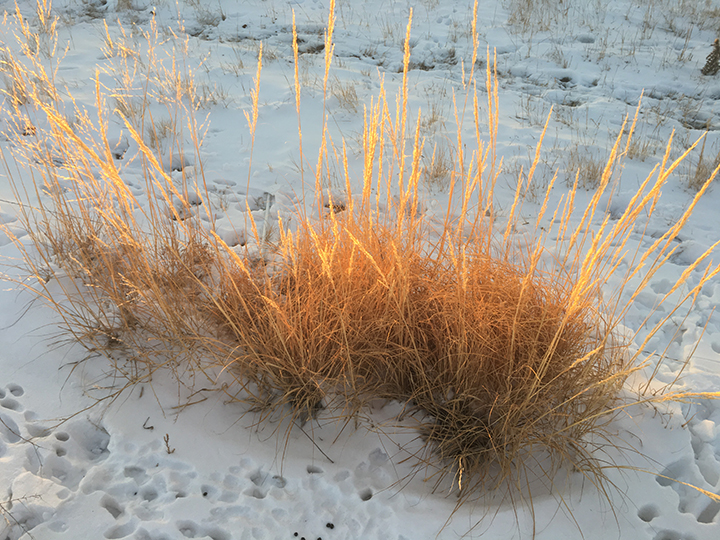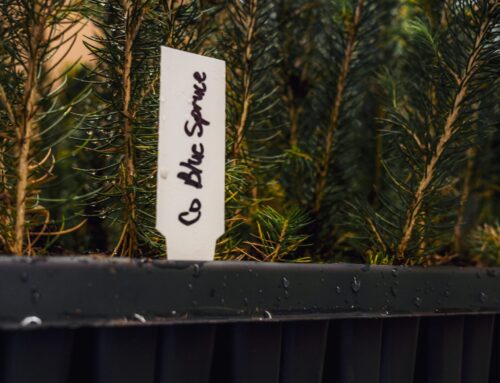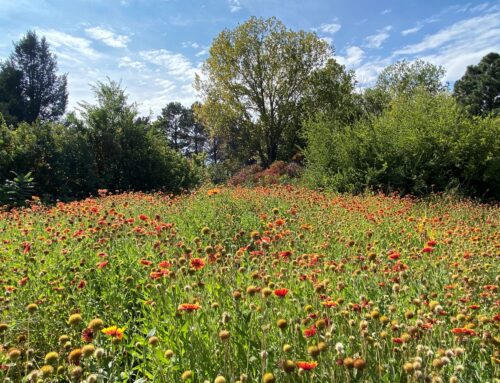Even in winter, soil doesn’t sleep.
When winter temperatures remain below 32 degrees F, small pockets of water in between the soil particles begin to freeze, developing a frost layer in the uppermost layer of the soil. Many variables affect the frost layer’s depth.
During chilly months the soil microorganisms that live in the soil don’t die, hibernate or just disappear. They thrive, breaking down organic matter in the soil. Although they are active at slower rates compared to the summer, they still benefit the soil.
The microorganisms live in pockets of water between soil particles. Population sizes change with the availability, temperature, aeration and other soil factors. Bacteria, generally the most abundant soil microorganisms, favor the most organic rich portions of the soil, the topsoil and the rhizosphere.
Crop residues and composted materials comprise the topsoil. The rhizosphere is the area around plant roots. Plant growth, nutrient availability and respiration influence the rhizosphere’s size and chemistry. Soil profile depth may affect the amount of water in the soil.
Next time you look out the window during the winter and feel like everything around you is dead, remember that microorganisms live and thrive in the soil.
“Microorganisms in the ground don’t slack off in winter.” ScienceDaily. ScienceDaily, 20 November 2010. www.sciencedaily.com/releases/2010/11/101116093827.htm





